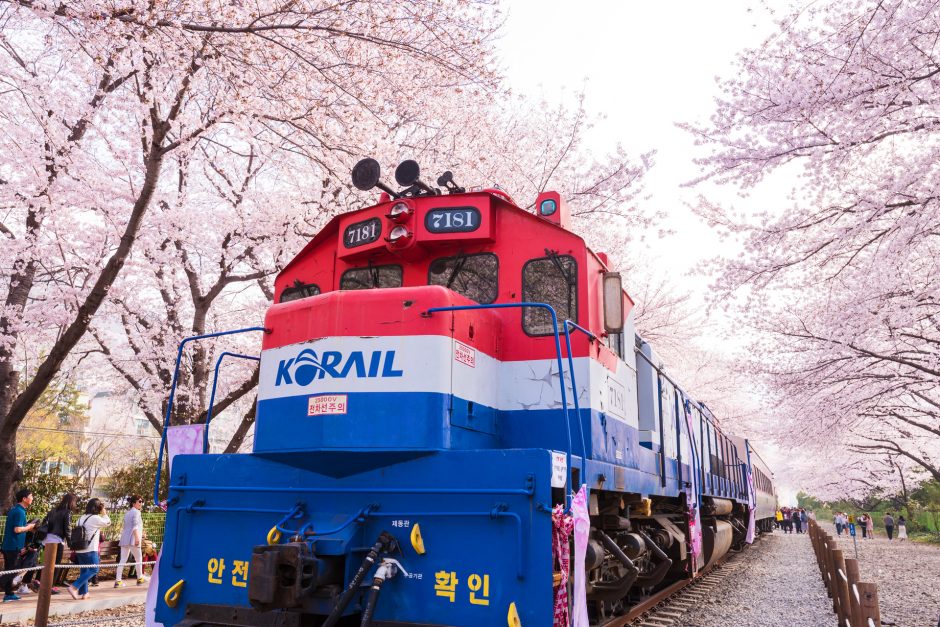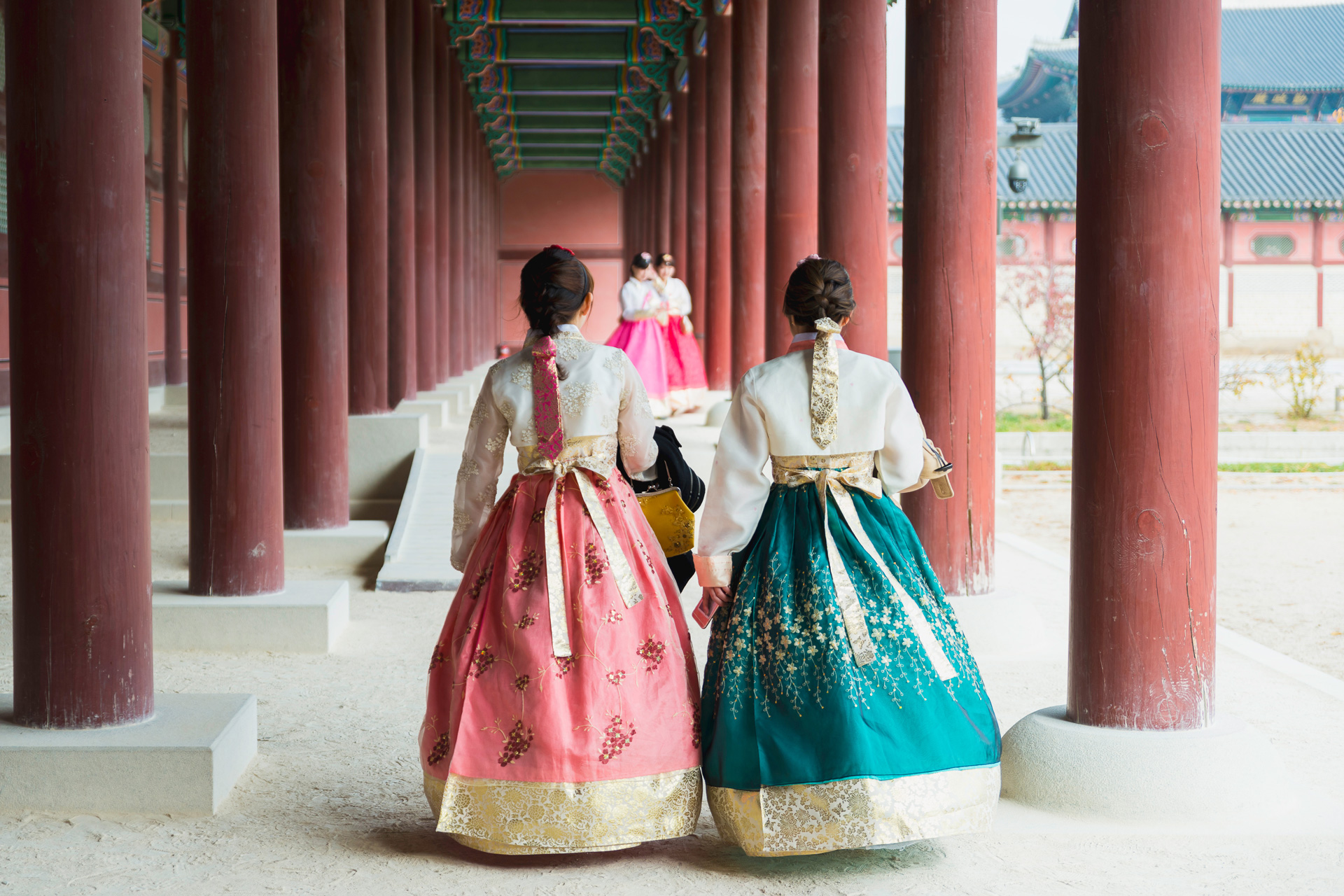Korean pop culture has taken the world by storm and it shows no signs of slowing down. People worldwide watch K-dramas and listen to K-pop. Myeongdong has become a hotbed for cosmetics and nearly everyone we know loves Korean food! Needless to say, South Korea is booming, and at the center of all that excitement, is Seoul.
Seoul is the capital of South Korea (Republic of Korea) and its biggest city with an estimated population of 10.29 million people. If you include the greater metropolitan area, that number jumps to a whopping 25.6 million – or the population of Australia – making it the second largest metropolitan area in the world.
When to go?
The most popular times to visit Seoul are during the Spring (March-May) and autumn (Mid-September – Early November) when the weather is warm without being overbearing and the landscape is at its most striking. Both seasons are characterized by a dramatic change in colour – Spring for its cherry blossom pinks and whites, and Autumn for its fiery reds, oranges, and yellows.
How to get there
Almost all international flights land at Incheon International Airport and the fastest way to get from the airport to the city is by AREX. This express train runs direct to Seol station in the centre of town and runs often. Don’t worry about cabs, take the train.
Based on our own experiences and what I’ve read online, Myeongdong, Insadong, Hongdae, and Itaewon are ideal places to stay in Seoul for tourists. It all depends on what you want. Myeongdong is for shopping, Insadong is for culture, Hongdae is hip, and Itaewon is the international district. We’ve visited all four areas but we’ve only stayed in Myeongdong and Hongdae. Personally, we prefer Hongdae.
Where to stay?
Myeondong
The centre of the city, and the centre of fashion in Korea. There’s a heap of huge shopping centres and department stores in including Lotte, Shinsegae, Migliore, M Plaza, and Noon Square. The floating population of Myeongdong is estimated to be around 2 million a day(!) and can be higher in peak tourist season. It’s the centre of K-beauty, so make sure you’re on-trend before you venture down.
Insadong
For those more culturally inclined, Insadong is the place to stay. You’ll find the Unhyeongung mansion, Jogyesa – one of the most significant Korean Buddhist temples – and some of Korea’s oldest Christain churches. It’s also the place to go for if you want to take some authenticity home with you, with 40% of Korea’s antique shops and art galleries found in this district, as well as 90% of the traditional stationery shops. Traditional calligraphy is taught here as well.
Hongdae
Your token trendy University district, Hongdae is full of trendy eateries and bars, cool live music venues and – of course – a weekly art market. Not-for-profit of course. It’s also home to some amazing street festivals, like the Zandari Fest and Live Club Day. Head down here if you’re looking for something a bit more crunchy and soulful.
Itaewon
The international quarter, come here if for some reason you’re sick of delicious Korean food and want something else. It’s known as ‘western town’, much like how Australian cities have a ‘Chinatown’. It’s a little easier to navigate as there’s more readily accessible English as well.
A lot of the major hotel chains have lodgings here, and it’s also a great place to pick up a fake luxury good if that’s your jam.
What to see?
There’s so much! Apart from the four boroughs listed above, make sure you check out one of the five Joseon royal palaces.
Each has an argument for being the most beautiful, but we suggest either Gyeongbokgung – the primary palace – or Chandeokgung – a UNESCO Heritage Site and home to Huwon, or the “Secret Garden”. Just like Buckingham Palace, there’s a changing of the guard (times are posted online) and it’s well worth watching.
If you’re over ultra-modern-mega-city Seol, then checkout Bukchon Hanok Village. It’s a maze of narrow alleyways and traditional Korean houses called hanoks. Exploring its network of streets will take you back in time and introduce you to a 600-year old Seoul.
Standing 480 meters above sea level, N Seoul Tower is the best place to get bird’s eye views of the city. Not only does it give you sweeping aerial views of Seoul, but it’s also where you can “lock your love” for all eternity as well. It’s located on Mt. Namsan and something you can easily pair with a trip to Myeongdong.
Dongdaemun Design Plaza, or DDP for short, is like a museum, design supermarket, and space ship all rolled into one. It was designed by the late Zaha Hadid, who also created the 2012 Olympic aquatic centre in London and the Guangzhou Opera House in China, and is
What to eat?
The food is off the charts. Make sure you grab some barbecue – bulgogi beef is a must – and fried chicken of course. If you’re looking for something a little bit healthier, try naengmyeon, or buckwheat noodles served in cold broth. Jokbal is a delicious dish of the most tender pig’s trotters cooked in soy sauce and spices which you must try, and ganjang gejang – raw crab marinated in soy sauce – is considered by many to be the ultimate Korean dish.
An no visit to Seoul would be complete without eating street food in Myeongdong. With mouth-watering delicacies like grilled lobster tails, chicken skewers, and tteokbokki – spicy rice cakes – on offer, you’ll wonder why you ever eat sitting down.
How to get around?
Seoul’s subway system is very efficient, so much so that you probably won’t need any other form of transportation when you’re there. if you want to head outside of Seoul like Paju, Suwon, and Jinhae, then there are local buses that can take you there. There’s plenty of helpful information booths at the subway stations and the hotels have maps and guides for tourists.








You must be logged in to post a comment.